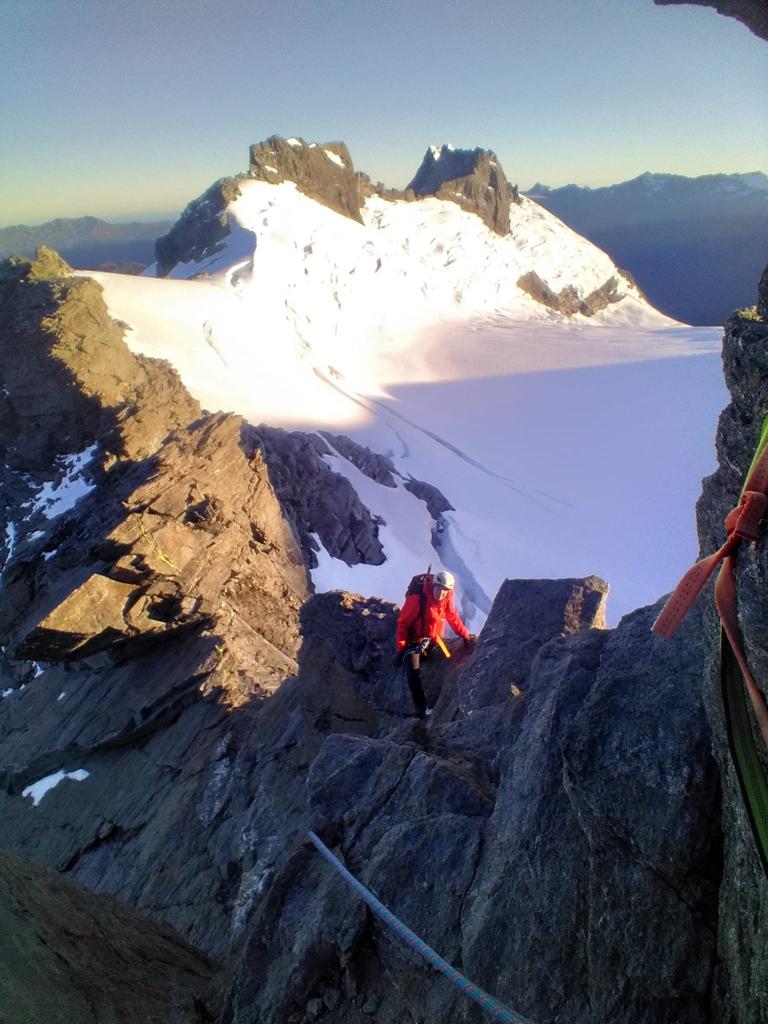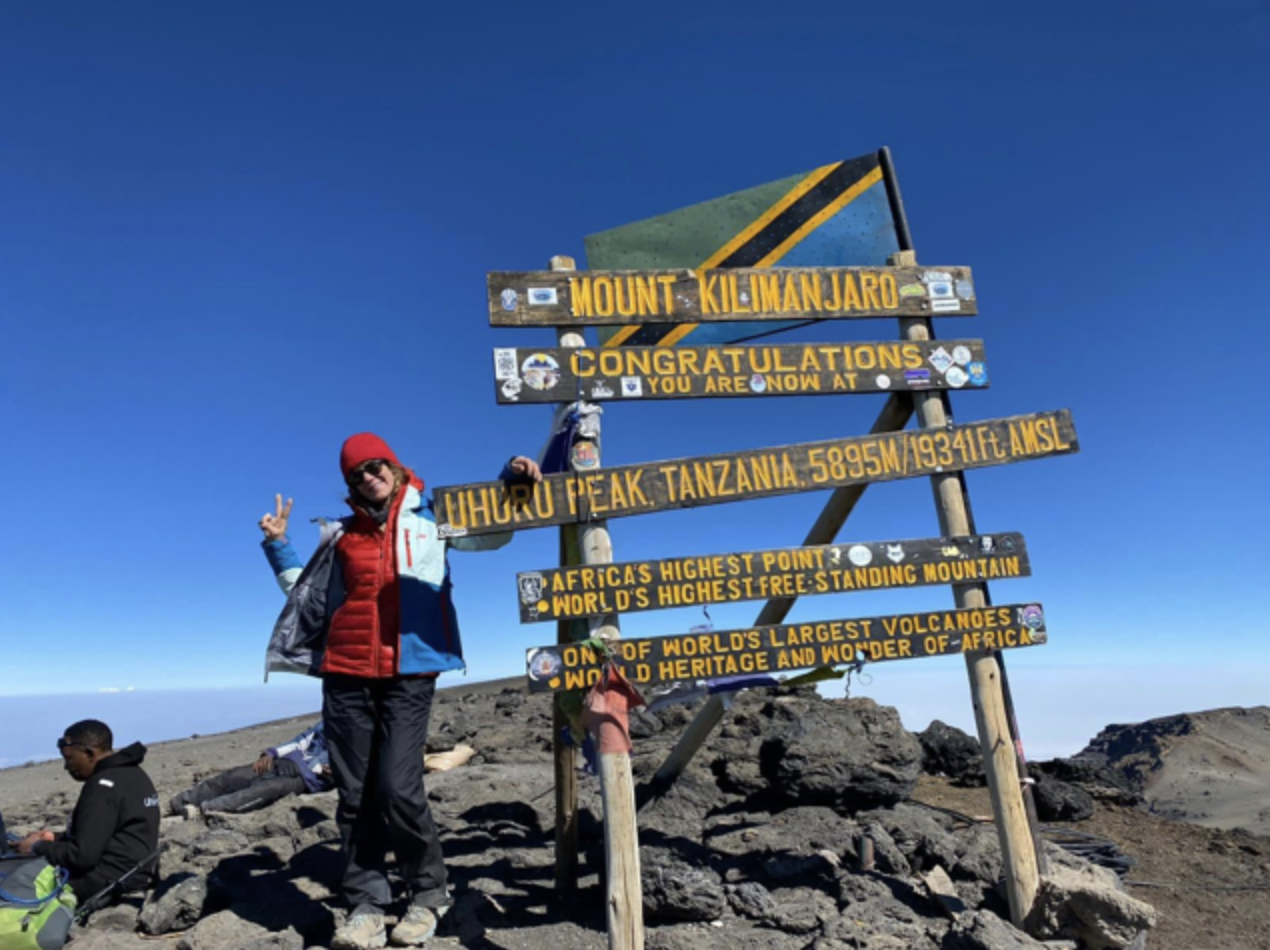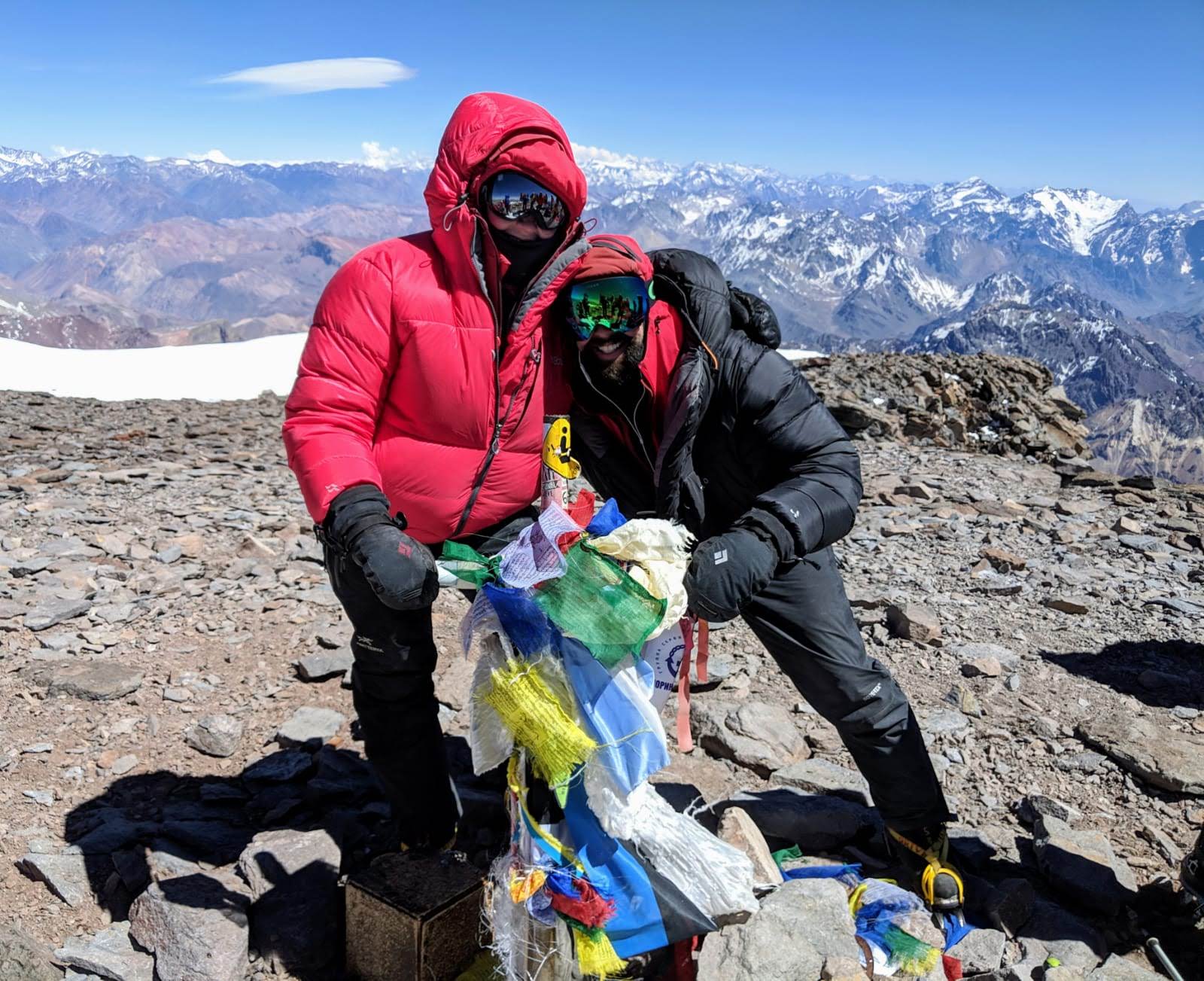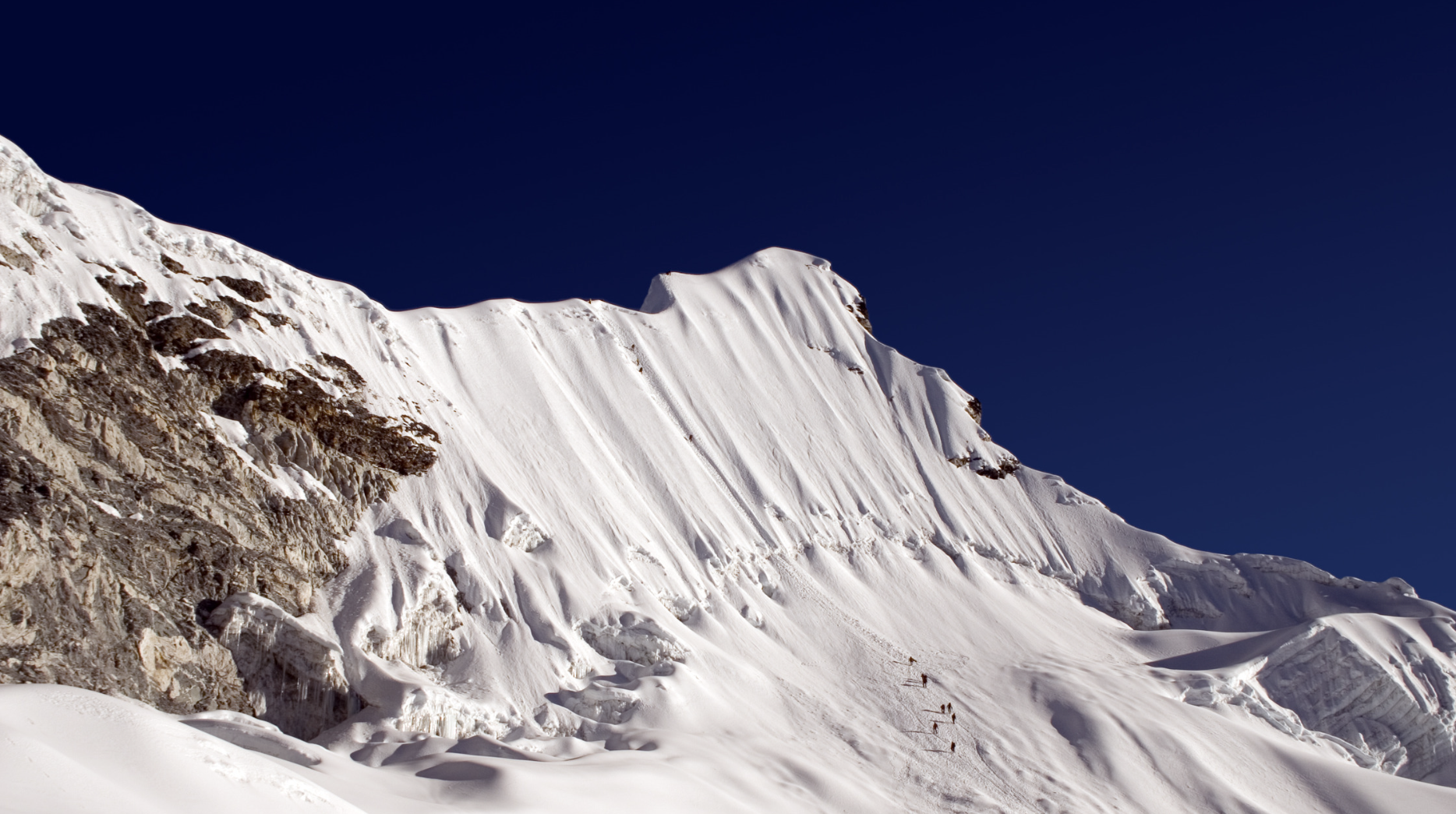Location: Ecuador, 150km SW of Quito
Summit Altitude: 6,263m
Climb Duration: 10 to 14 days
General Information
Mount Chimborazo is located specifically in the Andes mountain range in the section known as Cordillera Occidental. Chimborazo actually has 4 summits:
- Whymper Peak – 6,263m
- Veintimilla Peak – 6,230m
- Politecnica Peak – 5,820m
- Nicolas Martinez – 5,570m
The top of Chimborazo (including the 4 summits) is not only snow capped but also glacier capped– the summit is completely covered by glaciers with some of the NE glaciers flowing down to an altitude of 4,600m. These glaciers are a very important water source for the people of Bolivia and the surrounding Chimborazo provinces. It is classified as a technical climb, with a similar grade to Elbrus in Russia (Grade IIb). There are 2 routes that are Grade II which makes this mountain (and those routes) a perfect stepping stone if you’re wanting to move onto the higher grade technical mountains.
Interestingly, because of Chimborazo’s location on the equatorial bulge, it makes its summit the farthest point on the surface of the Earth from Earth’s centre! The summit of Chimborazo has the most distance between it and the centre – how cool is that?
Chimborazo is also the closest mountain to space, despite being much much lower than the tallest mountain in the world (Mount Everest). Chimborazo has gained this title because of the way the Earth is shaped and bulges around the Equator.
Logistical Information
Since November 2012, the Ecuadorian government banned the possibility for climbers and trekkers to attempt Chimborazo without a guide. So, if you are looking to go unguided, this mountain is not for you.
There are several routes to the summit, but the easiest and least technical two are the North Side – Las Murallas Route and Original Route which are both Western ridge routes beginning at the Whymper hut and travelling over the Ventemilla summit up to the true summit (Whymper). You will need some basic skills such as being able to trek in B2 mountain boots, crampons, move as a team with harnesses on and be able to self arrest using your ice axe. Some tour providers do take the time to teach you these skills before you get too high up but make sure you check with your tour provider first if you haven’t got these skills.
There is a technical route called El Castillo that is available to the more advanced climbers. Please note this is a technical route and should not even be considered by someone looking for a non-technical route. This route is particularly dangerous due to avalanche risks.
For more information about the exact route, please read this:
The 2 Least Technical Routes To Reach The Summit Of Mount Chimborazo
Despite Chimborazo being classified as a trekking, non-technical mountain, you should still be planning a considerable amount of time to train and prepare for it. You cannot expect to summit this incredible, remote peak without training for it. The more trained you are, the more fun this incredible adventure will be. Training properly for it will be the difference between you enjoying every moment or struggling through each step wishing for it to be over.
Chimboazo is known for having avalanches and tough weather conditions, which makes training properly even more essential and without wanting to sound dramatic, these conditions do make it critical to be in your peak physical condition for your safety and the safety of your teammates.
For a dedicated and specific training plan for Chimborazo, checkout this blog:
How To Train For Chimborazo PLUS The 12-Week Chimborazo Training Plan

If you’d prefer to work with a High Altitude Training Coach then click here for more information about The Mountaineering & Trekking Training Program.





